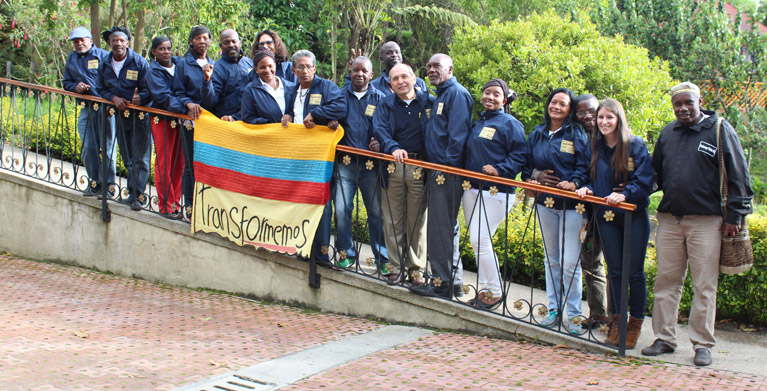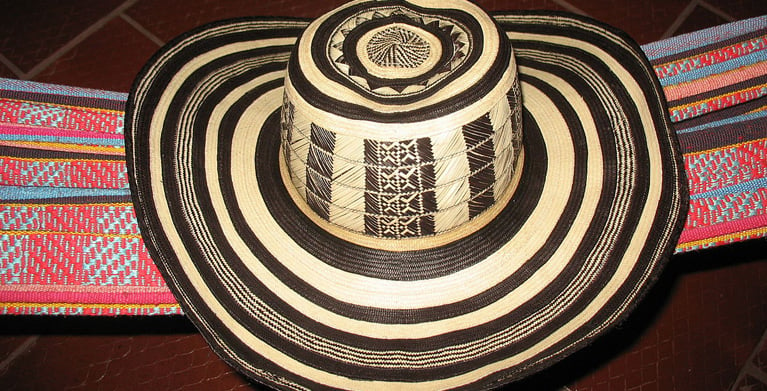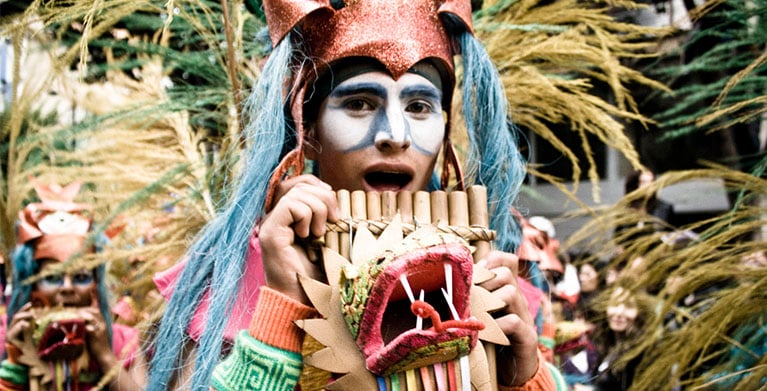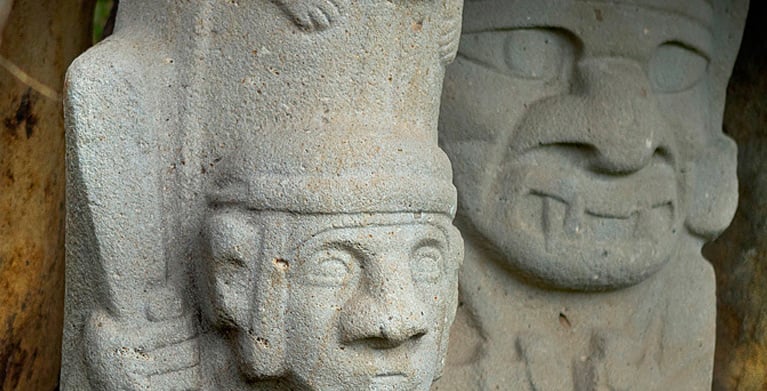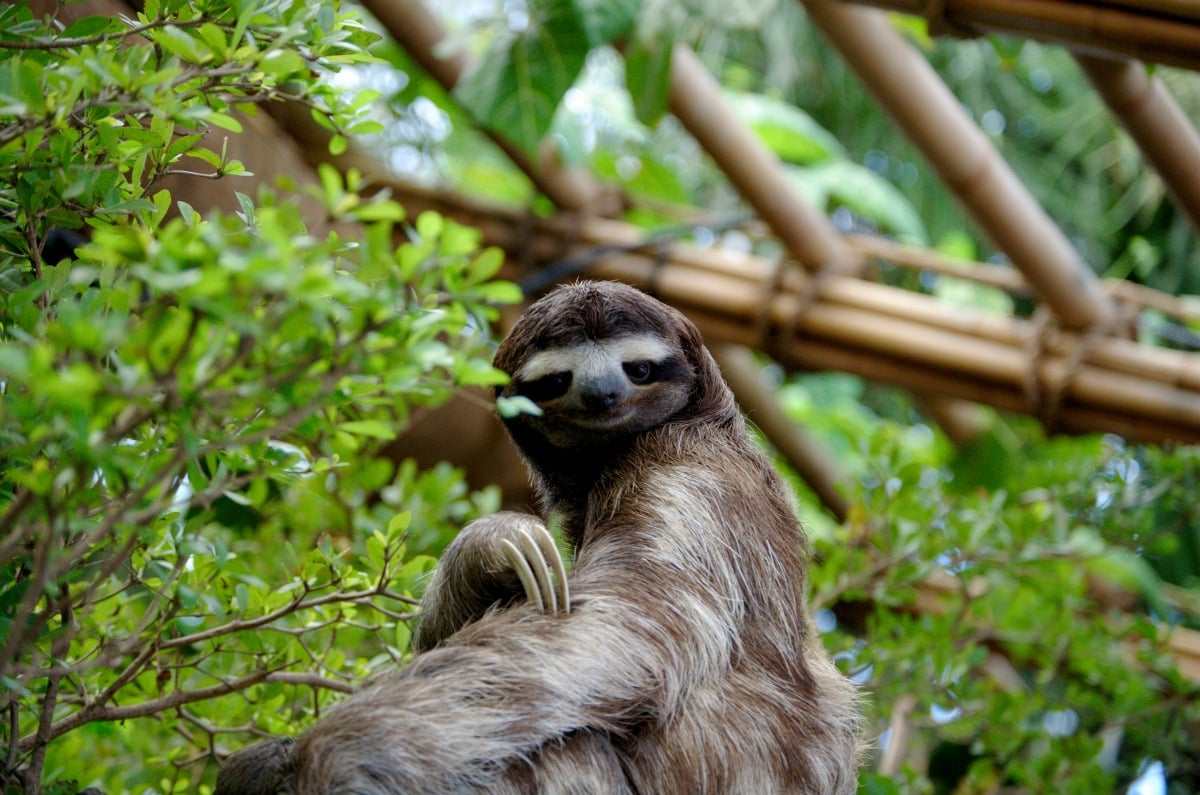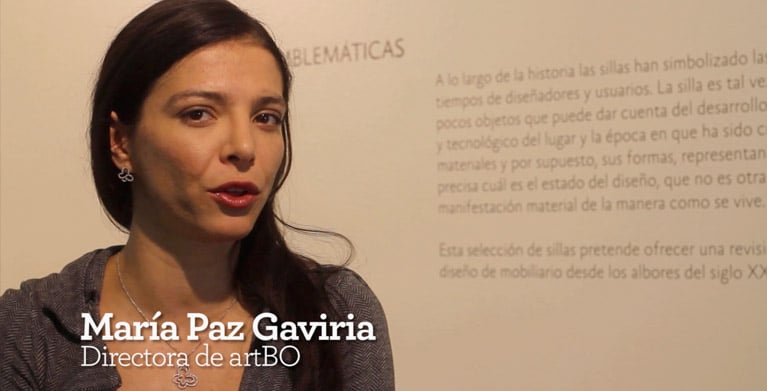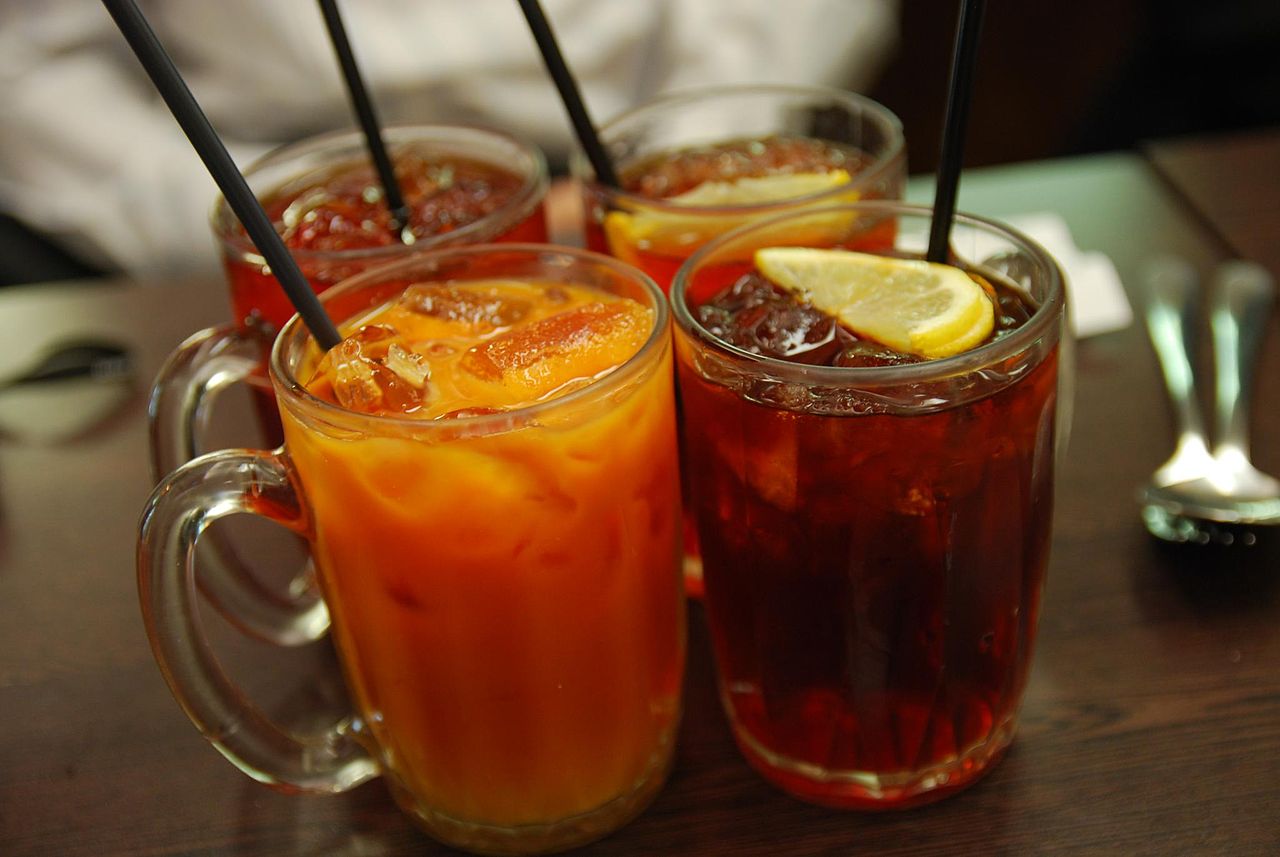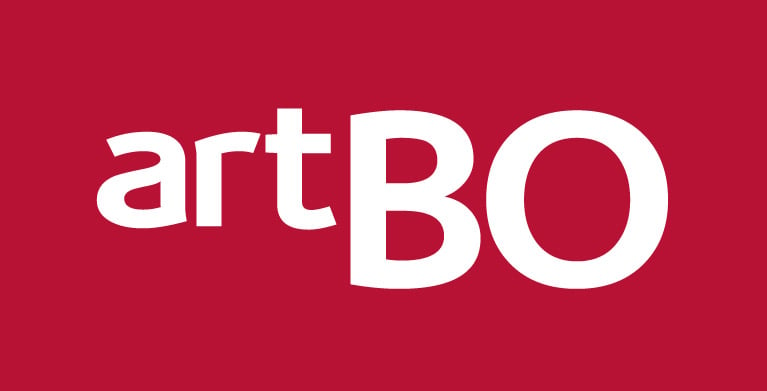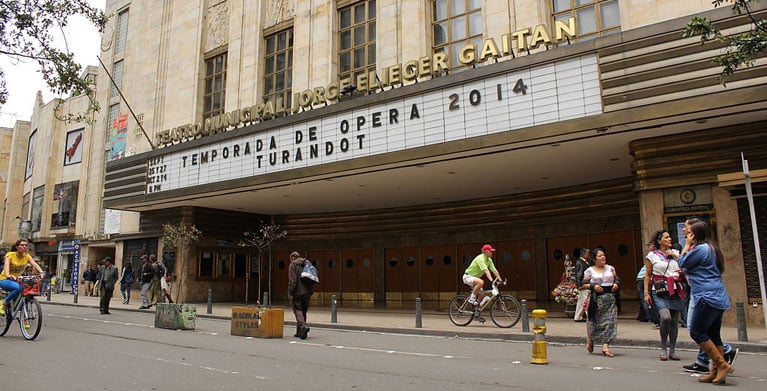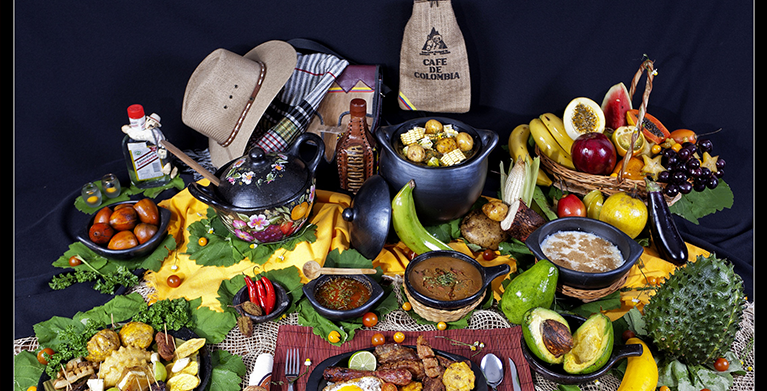Colombia is a rich country, both in terms of its history and the sheer number of products it produces on a global scale, including coffee, flowers, gold, emeralds and crafts. Some Colombian exports have become so famous they have converted into national symbols, alongside the Colombian flag, anthem and coat of arms. They now unite Colombian people and allow them to take pride in their country of birth wherever they may travel.
National Flag:
Colombia’s national flag is a horizontal tricolour of yellow, blue and red. The top half is yellow and the blue and red stripes cover a quarter each. The modern explanation for the colours is that the yellow represents the gold abundant in Colombia, the blue the country’s seas and the red, the blood spilled fighting for Colombian independence. The flag was designed by Francisco de Miranda, an aristocrat who tried to liberate Spanish America in 1812. It was not officially adopted until 1863, once Colombia had achieved independence, although the design has been modified over the years.
National Anthem: ¡Oh gloria inmarcesible! (Oh Unfading Glory)
Colombia’s national anthem was created by a Bogotá actor, José Domingo Torres, who took a poem written by ex-Colombian president Rafael Núñez and asked an Italian opera singer living in Colombia, Oreste Sindici, to write the music. The anthem has eleven, sometimes twelve, verses and is officially called The Republic of Colombia’s National Anthem, although many know it by the first line of its chorus ¡Oh gloria inmarcesible! (Oh Unfading Glory) The anthem is played on Colombian television and radio each day at 6am and 6pm.
National Coat of Arms:
Several of Colombia’s national symbols are present on the coat of arms. There is an Andean condor perched on the shield, holding an olive crown. The national flag is draped on both sides of the shield and the country’s motto Libertad y Orden (Liberty and Order) is written on a scroll. The coat of arms also contains two oceans and two ships, to symbolise Colombian commerce, and a Phrygian cap, which symbolises freedom and liberty. There are two horns of plenty, one with tropical fruits and the other with gold and silver, to symbolise Colombia’s agricultural and mineral wealth and a pomegranate fruit, which represents Colombia’s colonial past.
National Bird: Andean condor
The Andean condor is one of the world’s largest birds, a vulture with a wingspan of more than three metres. It is also one of the world’s longest living birds, often surpassing 70 years of age. The Andean condor was chosen as Colombia’s national bird because of its role in indigenous Andean culture. It has been depicted in indigenous art since 2500BC and was often considered “the ruler of the upper world” closely associated with the sun. Many indigenous Andean cultures consider the bird a symbol of health and power and believe it has medicinal properties.
National Flower: Cattleya Trianae
The cattleya trianae – which some botanists call the May Flower or the Christmas Orchid – has been Colombia’s national flower for almost 80 years. The orchid was chosen because the lower part of its flower can appear yellow, blue and red – the colours of the Colombian flag. The species was also named after a 19th century Colombian botanist, Jose Jeronimo Triana. This rare flower is endemic to Colombia and grows between 1,500 and 2,000m above sea level, in cloud forest.
National Tree: Wax Palm
The Quindio wax palm – Ceroxylon quindiuense – is the world’s tallest palm tree. It can grow up to 60m (200ft) and live for more than 100 years. The palm is native to the Cocora Valley, a high-altitude Andean valley in Quindio, north-west Colombia. Before electricity, its wax was used to make candles and its bark for house-building and water-supply systems. Fruit from the tree was also used for cattle and pig feed and its palms were popular in Palm Sunday celebrations, until 1985 when the Colombian Government declared the palm a legally protected species.
National Sport: Tejo
Colombia’s national sport is played by throwing a heavy metal disk (a tejo) down a 20m lane at a board that is covered in clay. The board contains targets, known as mechas, which are laced with gunpowder and explode when they are hit. It is impossible to determine the game’s origins, but most tejo players believe it began hundreds of years ago with indigenous people in the centre of Colombia. Colombia has professional tejo teams in big cities and smaller towns and the sport is so popular it has spread to Panama, Ecuador and Venezuela.
National Horse: Paso Fino
The Paso Fino, which means “fine step” in English, is Colombia’s national horse breed. It is a famous, light breed of horse with a natural fast step, like a piston. This gait is much prized at shows. Paso Fino horses are descended from those the Spaniards brought to work on their plantations more than 500 years ago, but they have since evolved and their gait is unique to Colombia. The show step is extremely fast and covers as little ground as possible.
National Jewel: Emerald
Colombia has no official national jewel but if it did, it would be the emerald. Colombia accounts for nearly 60% of the world’s emerald market and in 1967 mined the famous Gachalá emerald, one of the world’s largest emeralds (it is five centimetres long and weighs 172g) It is one of the world’s most valuable emeralds and came from the town of Gachalá, close to Bogota. Most of Colombia’s emerald mining takes place in Boyaca and Cundinamarca, on the eastern ridge of the Andes.
National Hat: Sombrero Vueltiao
The sombrero vueltiao is a woven hat that can take up to a month to make. The name means “turned hat” and refers to the way the hat is woven. Sombreros vueltiaos are made by the Zenu indigenous people from a type of cane, known as caña flecha, in the departments of Cordoba and Sucre. The cane leaves are cut into strips and dried until they turn white. The darkest are then soaked in mud for up to four days and dried until they turn black. The most intricate sombrero vueltiao requires 54 strips (27 of each colour) and are so densely woven they can be folded and put into a pocket without being damaged.
National Dish: Bandeja Paisa
The bandeja paisa is so big it often has to be served on a tray and it is most popular in the coffee, or paisa, region of Colombia, hence its name, which means “Paisa Tray” in English. The dish is famous for being both generous and varied and usually includes minced meat, red beans with pork, white rice, fried pork, fried egg, plantain, chorizo, arepa, black pudding and a slice of avocado. The bandeja paisa is Colombia’s most widely known traditional dish, but other contenders for the “national dish” crown include the sancocho and ajiaco soups. The latter, a chicken and potato soup, is most popular in Bogota.
National Drink: Coffee
Colombia is yet to name a national drink but, if it did, it would be coffee. Colombian coffee is widely considered to be among the best in the world and UNESCO made Colombia’s coffee region a World Heritage Site in 2011. Colombia’s annual coffee production is the third highest in the world, at up to 10 million bags each year and Colombia is also one of the world’s largest producers of the arabica bean, which has specific climatic requirements found in the country’s coffee region.
Related articles:
Colombian coffee, the best in the world
Typical colombian foods you should definitely try while visiting Colombia


